7月11日,Forrester副總裁、首席分析師Craig Le Clair受邀出席2020世界人工智能大會云端峰會RPA+AI分論壇,分享RPA在全球的發展現狀。

Craig帶來了RPA最新趨勢報告《后疫情生產力時代,智能自動化打造以人為本的企業》,并為眾多云端觀眾解讀了自動化的關鍵趨勢。他的分享為后疫情時代,企業智能自動化相關建設指明了思路。
01.
3 Key Trends in Intelligent Automation to move forward postpandemics
后疫情時代智能自動化的三個主要趨勢

Human & Machine Cooperation
人機協同
As machines become moreintelligent, they replace more and more manual processes, this is generallyreferred to as the human in the loop issue. Benefit from AI technology, peoplemove towards the less deterministic type of processes, where we use machinelearning and other related AI technologies to make decisions in the process.This really alters a lot of things around the process that humans used to do.
隨著機器智能水平的不斷提高,它們取代了越來越多的人工流程,這通常被稱為人機協作-“Human-Machine Cooperation”。得益于人工智能技術,人們逐漸向規則更復雜、確定性更低的流程自動化領域邁進。在這個過程中,我們使用機器學習等人工智能技術來進行數據處理、輔助決策。這極大改變了人類很多傳統的工作場景。
Intelligent Document Extraction
智能文本提取
It's using machinelearning, which is a subset of AI, to go into documents, forms, emails, what'sgenerally referred to as unstructured information. Based on that, you have aclean set of data that's high quality, then you can apply analytics. For example,you can look at errors that might have occurred in someone filling out of form,you can check transactions that may not be correct based on analyzing the data,and you can dig customer sentiment in the text.
文本挖掘屬于機器學習的范疇,也是人工智能的一個子集。所處理的文本通常是文檔、表格、票據、電子郵件等非結構化的信息。基于智能文本抽取技術,可以獲取更高質量的數據,用于后續的數據分析工作。例如,查看用戶填寫表單時可能出現的錯誤,檢查可能不正確的交易,挖掘文本中的客戶情感。
Although the core ofthis area is still natural language processing, what’s interesting now is usingmachine learning to train a model to understand the meaning behind the text.There are also a lot of advancements in computer vision and spatialunderstanding. So you can understand the forms and images that are on adocument to be able to get a better context. So it's much more of aninsights-driven value now where in the past it's been more about just takingcost out of the process.
雖然這一領域的核心仍然是自然語言處理,但用機器學習的訓練模型,來理解文本背后的含義,也是近期熱門的領域。隨著計算機視覺、文本分類等方面技術的逐漸成熟。機器可以理解文檔上的表單和圖像,以及上下文的邏輯。在AI技術的賦能下,智能自動化蘊含了具有洞察力的價值。而不僅是過去的降低運營成本。
Automation Strike Teams
自動化突擊隊
It is very important fora company to take a broader view of intelligent automation. There are a numberof reasons for this.
One is that some ofthese automation introduces some new issues that need to be considered from agovernance standpoint. Second, robots are using human credentials and areoperating on very trusted and secure application areas. So you need to haveguard rails or control around the use of those credentials. Also, Intelligentautomation has involved a number of software technologies. You need teamsinternally to explain the use of the different automation technologies to thebusiness than to apply it in the right way.
對于企業的自動化建設,用更廣闊的視野進行整體規劃十分重要。這里有多方面的原因:
一是一些自動化場景,引入了需要從組織治理角度考慮的新問題。其次,機器人通常會使用員工的密碼憑證,進行一些生產系統的日常操作。因此,需要關注密碼憑證的安全管控。此外,智能自動化涉及許多技術的應用,需要團隊在企業內部解釋不同自動化技術的特點,以便用正確的方式應用和落地。
02.
The Pandemic Will Create A Surge In Digital Transformation
疫情給數字化轉型帶來的機遇

Despite trends inmobility, in social media, and the digital disruption of companies like theUbers of the world and the great Chinese companies that have come into thesharing market, the progress on digital transformation has been quite slow.Unfortunately, modernization is hard. Digital transformation is hard.
盡管在移動互聯網、社交媒體等領域,Uber等全球公司,以及美團、滴滴等中國互聯網企業,在數字化驅動業務模式創新等方面的勢頭表現良好。但傳統企業數字化轉型的進展相當緩慢。這讓我們不得不面對一個現實:現代化是艱難的,數字化轉型不易。
When we came to thispandemic point in January, February, March. Suddenly, we had to transformdigitally really fast. Everyone had to work from home. We had to conduct remotebusiness in new ways. Then we encountered some issues with our supply chainsand so forth. So under tremendous pressure, we had to innovate. The best out ofthe worst, with a surge in digital transformation, we've developed more digitalmuscles in the past two months than we've had in the last five years.
在2020年1月到3月的全球疫情高峰期,突然之間,企業快速進行數字化轉型。每個人都不得不在家工作,企業必須以新的方式開展遠程業務。隨之而來的,是在供應鏈等領域衍生出的一系列問題。在巨大的壓力下,企業不得不進行業務創新。不幸中的萬幸,疫情也從側面推動了一部分企業的數字化轉型進程,部分企業在過去的兩個月里構建了比過去五年更多的數字化能力。

That's what that spikeyou see in this graph. Now the challenge for companies is to take thistransformation that's occurred under stress and to see what should remain as wemove back to a more normal work environment. This will affect theinstitutionalize progress and transformation that we made in the past fewmonths.
上圖中閃電標志描述的數字化轉型激增的區域。現在,公司面臨的挑戰是如何在壓力下進行這種轉變,并在疫情結束恢復更正常工作環境時,繼續保持數字化轉型的勢頭。這將影響我們在過去幾個月中取得的數字化轉型成果。
03.
Changes in the Intelligent Automation Roadmap
后疫情時代的智能自動化路線圖

Forester proposed apost-pandemic roadmap that gives you a way to prioritize your intelligentautomation projects. This is what we're seeing our clients do, who are thecompanies and governments that we interact with consistently. If you wereworking on a large AI project, transformational project, you might push thataside. That might drop into the losing momentum zone. Because this recessionthat we're going in is going to be, by most estimates, long and painful.
Forrester提出了后疫情時代智能自動化路線圖,為企業提供了一種確定智能自動化項目優先級的方法。基于Forrester對所服務企業、政府客戶的調研和溝通。一些正在進行中的,大型人工智能、數字化轉型項目,進度會受到影響甚至停滯,會掉進左下象限的動量損失區。因為根據大多數人的估計,我們正在經歷的這場疫情引發的經濟衰退,將是漫長而痛苦的。
It's going to focus likeall previous recessions on cost reduction and cost take out. So in theacceleration zone to the upper right, RPA task automation becomes veryimportant because it has a very visible ROIfor cost reduction. What we havementioned above, text analytics, which allows you to extract a lot of hoursshuffling paper and dealing with forms and finding errors, sentiment, fraud,and other issues. Also, remote work is a practical technology that's availabletoday.
就像以前所有的經濟衰退一樣,企業將更專注降低成本和成本轉移。因此,在象限右上方的加速區中,RPA自動化變得非常重要,因為它在降低成本方面具有非常明顯的ROI。
上面提到的智能文本提取也在這個區域,它能幫助員工節省大量的時間,來整理文檔、處理表單、發現錯誤、客戶投訴、欺詐風險等問題。此外,一些視頻會議、遠程協作類的辦公產品和工具,也在疫情期間發揮了巨大的作用。
No one was prepared forwhat we call a systemic shock, as the pandemic. The next systemic shock mightbe climate change. So there's a greater awareness of companies in the sort ofgovernance spectrum to be prepared for these kinds of systemic risks that mayoccur. So resiliency has become a top priority item for automation. And thismight mean diversity in your supply chain so that you can quickly get new bidsout. You have the ability to have a more agile approach to sourcing variousgoods and services.
極少數人能夠準備好,應對我們所說的系統性全球風險。下一個系統性全球風險可能是氣候變暖。我們看到,更多的公司開始關注治理領域的問題,增強了風險管理意識,為可能發生的此類系統性風險做好準備。因此,系統彈性、業務韌性等可持續發展能力,已成為數字化轉型中的重中之重。例如,提升供應鏈的多樣性,以確保可用的材料采購,和商品交付能力。
04.
The Impact of IntelligentAutomation on Different Workers
智能自動化對不同類型工作者的影響

The degree of influenceof intelligent automation on different types of work is different. For example,cubicle workers are employees that may work in a contact center taking phonecalls or work in a back office doing finance and accounting. They are put inthe same category because the skills they have are very similar. So the effectof automation on their work will be similar.
智能自動化對不同類型工作者的影響程度是不同的。例如,呼叫中心的客服員工,企業后臺從事財務工作的員工,由于他們擁有相似的工作模式,標準的工作流程,因此自動化對他們工作的影響也是相似的。
On the other hand, forthe knowledge workers who might be a legal strategist. They are makingconnections across a wide range of complex information and data. So automationmay not be used in this field for a long time. But we also saw some innovativescenes, such as digital assistance will help in the cognitive search in thehealth industry.
另一方面,對于法律從業人員等創造工作者,他們通常會處理復雜的信息,并在海量數據之間建立聯系。由于工作的創造性水平、流程不固化等特殊性,自動化可能在很長一段時間內,都不會應用在這個領域。但我們也看到了一些創新的場景,比如數字員工助手輔助醫療行業的從業人員,進行認知搜索和知識發現。
RPA + AI most Affected Knowledge andAdministrative Workers
RPA+AI對特定職能的知識工作者和行政人員影響最深
Currently, the hottestapplication area which makes the real effect is in the operating field.Intelligent automation is very suitable for the function-specific knowledgeworkers, coordinators, administrative workers. This is the target area whereyou can do a lot of work with machines. A lot of automation technology, AItechnology is changing the traditional process in this area.
目前,RPA真正發揮作用的應用領域主要集中在運營領域。智能自動化非常適合于特定職能的知識工作者、協調員、行政工作者。這些流程標準、操作規范的場景是RPA主要的應用領域。很多自動化技術、AI技術正在改變企業的傳統流程。
05.
Five Levels of Human & Machine Cooperation
人機協作的五個層次

There are differentlevels of human in the loop related to intelligent automation. Level five iswhere you're using the most advanced AI and the machine, such as a self-drivingcar. To the contrary, level zero is where human is doing everything.
在與智能自動化相關人機協作中,會根據技術復雜度和自動化模式的不同分為5個層次。第五層是應用最先進的人工智能技術實現機器的自主運動,比如自動駕駛汽車。相反,第零層是描述人類日常工作中沒有自動化驅動的場景。
In the middle of them, we have automationtechnology developed to different stages. Level one is the area of workflow,where you're using software to design a process, generally moving from task totask, which is a deterministic pattern.
在這中間,隨著自動化技術發展的不同階段,又有進一步的細分。第一層是工作流領域,我們使用BPM軟件來設計流程,連接不同的工作節點,處理一些確定性流程的自動化。
Level 2 Human Drives Machine Actions
第二層:人類驅動機器完成任務
Level two is what a lot of RPA is doing rightnow, where we have built some digital workers or digital assistance. And thehuman has some level of interaction with the robot. The human in a contactcenter can tell the robot to update all these addresses. So there's a level ofvery positive automation and productivity there.
第二層是很多RPA正在做的事情,企業已經構建了一些數字員工或數字助理。人類與機器人之間有某種程度的互動。比如在客服中心,人可以使用機器人批量更新客戶的地址。以此來降低員工的信息系統負擔,解放生產力,投入更有價值的工作。

Level 3 Human Completes Task with the Help ofMachine
第三層:人類在機器的幫助下完成任務
Level 3 is where aseries of AI technologies are combined with RPA to give people stronger dataprocessing capabilities. These AI components, such as NLP usually use machinelearning to provide a more flexible extraction of data. In the old days, youhad to know exactly based on a template where a particular field was and takethe data out perfectly. But now you can really understand the content in thedocument, in general with machine learning, where the data is, what it lookslike, and use the training of the data to be more and more precise on yourextraction.
第三層是一系列AI技術與RPA相結合,賦予人們更強的數據處理能力。一些AI組件,例如NLP,通常使用機器學習來提供更靈活的數據提取。在過去,我們必須根據模板準確地定位字段的位置,隨后才能取出數據。但現在,機器學習可以理解文檔中的內容,識別文字、數據在哪個區域,并利用訓練機制,使機器的識別和提取越來越精確。
We can foresee whatlevels four and five do where the AI is making all the decisions. So you mayhave explained ability issues, transparency issues. No one knows how thedecision was made. You need a perfect algorithm. So that the car doesn't driveinto a stone wall. You need perfect data. So you're not doing a biasedassessment. Those issues in level four and five become less of a concern inlevels three and level two.
我們可以預見在第四層和第五層,人工智能將更多的參與決策工作。我們也會遇到一些智能自動化能力的黑盒問題,沒有人知道決策是如何做出的。我們需要更完美的算法和智能技術,以保證無人駕駛汽車不會因錯誤識別引發的事故。第四層和第五層中的所面臨問題,在第二層和第三級中,并不是那么引起關切。
06.
Hurdle to Scale for Enterprise-Level RPA
企業級RPA規模化拓展的阻力

Now, a lot of companies have made biginvestments in intelligent automation and enterprise-level RPA is alsogradually moving towards scale. But basically, about half of the companies haveless than 10 robots in production. That is not what we consider scale. You mayask why companies are struggling with this. There are a couple of reasons.
現在很多公司在智能自動化方面做了很大的投入,企業級的RPA也在逐步走向規模化。但整體上,大約一半的公司投入使用的機器人數量不到10臺。這不是我們預期的大規模。其中的規模化拓展阻力涉及幾個主要的原因:
One is that some of theearly robotic processes and automation solutions, these robots were a littletoo hard to maintain and were not supervised. Also, organizations arestruggling to find enough processes to automate. At first, it was easy to findprocesses that could be automated. But continuously discovering automationrequirements is not easy. So being able to discover processes has been anissue.
一是早期的一些機器人流程和自動化解決方案,存在產品能力的不足。這些機器人維護成本高,缺乏管控手段,不足以支持企業的規模化拓展。此外,組織面臨著發掘自動化場景能力不足的問題。起初,很容易找到可以自動化的業務場景。但持續不斷發現自動化需求并不容易。
So we suggestorganizations build automation strike teams, also understood as the center ofexcellence. The team consists of technical and business personnel. Thisintelligent automation experts have knowledge about automation technology andAI technology. The business personnel understands the business situation,digital requirements, and the human workforce. And they will work together todesign and build and maintain the digital workforce. So there's what we callfederated approach, where a lot of the design and development of the robots isactually in the business. And not in traditional technology management,centralized deep expertise, application development teams.
因此,我們建議組織建立自動化工作小組,或機器人卓越中心。團隊由技術和業務人員組成。智能自動化技術專家具有自動化和AI領域的技術知識。各個部門的業務人員了解業務場景、數字化需求和人員安排。他們將共同設計、建立和維護數字勞動力解決方案。這就是我們所說的聯邦工作方法,智能自動化不僅需要高水平的技術和產品,也需要了解業務場景、痛點需求的業務專家,在協力共建的模式下,才能確保自動化解決方案的有效價值產出。
申請下載《后疫情生產力時代,智能自動化打造以人為本的企業》報告地址:
https://www.encoo.com/whitepaper2019
特別聲明:
文章來源:云擴科技
RPA中國推薦閱讀,轉載此文是出于傳遞更多信息之目的。如有來源標注錯誤或侵權,請聯系更正或刪除,謝謝。
未經允許不得轉載:RPA中國 | RPA全球生態 | 數字化勞動力 | RPA新聞 | 推動中國RPA生態發展 | 流 > Forrester RPA+AI最新趨勢報告 | 首席分析師Craig解讀后疫情時代,RPA如何打造以人為本的企業


heng.png)
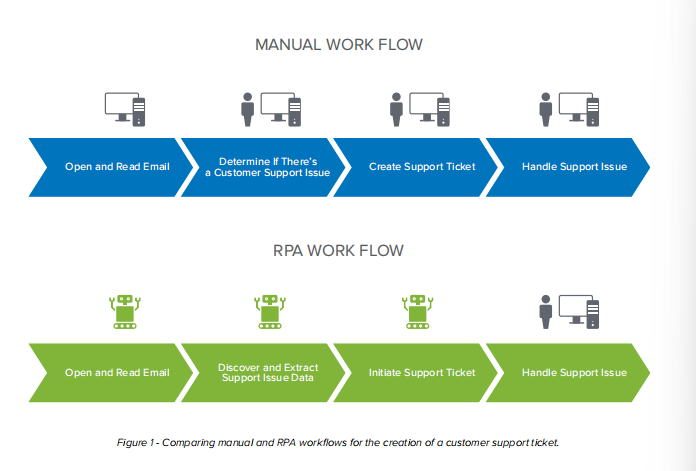 規避RPA項目失敗的關鍵方法
規避RPA項目失敗的關鍵方法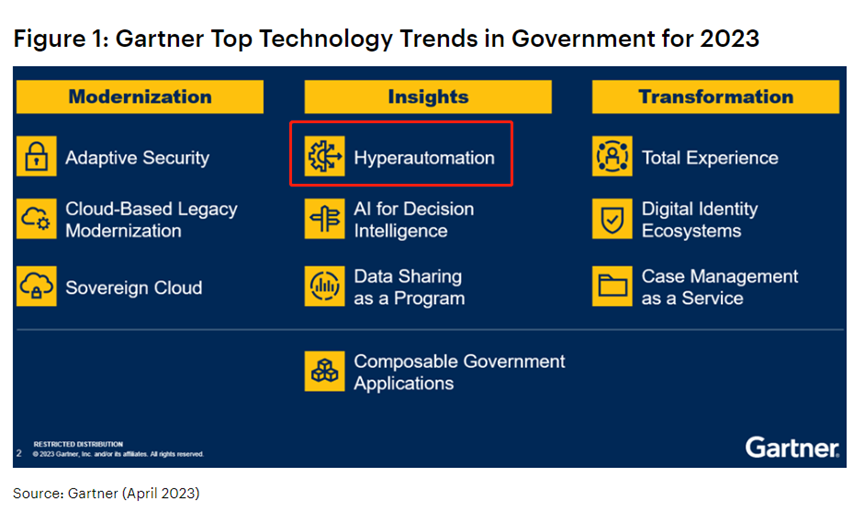 Gartner發布《2023年政府10大技術趨勢》:超級自動化,連續兩年入選!
Gartner發布《2023年政府10大技術趨勢》:超級自動化,連續兩年入選!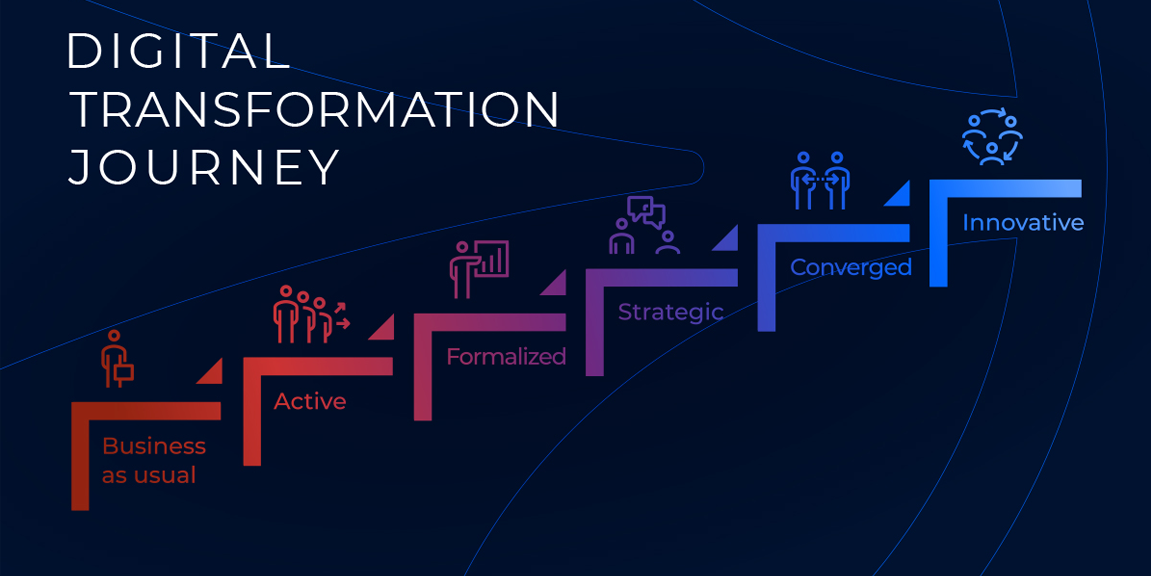 如何開展企業數字化建設工作 | 2023企業數字化轉型能力報告
如何開展企業數字化建設工作 | 2023企業數字化轉型能力報告 高盛最全AI報告來了!白領工作迎來顛覆性變革?哪些行業受益?
高盛最全AI報告來了!白領工作迎來顛覆性變革?哪些行業受益?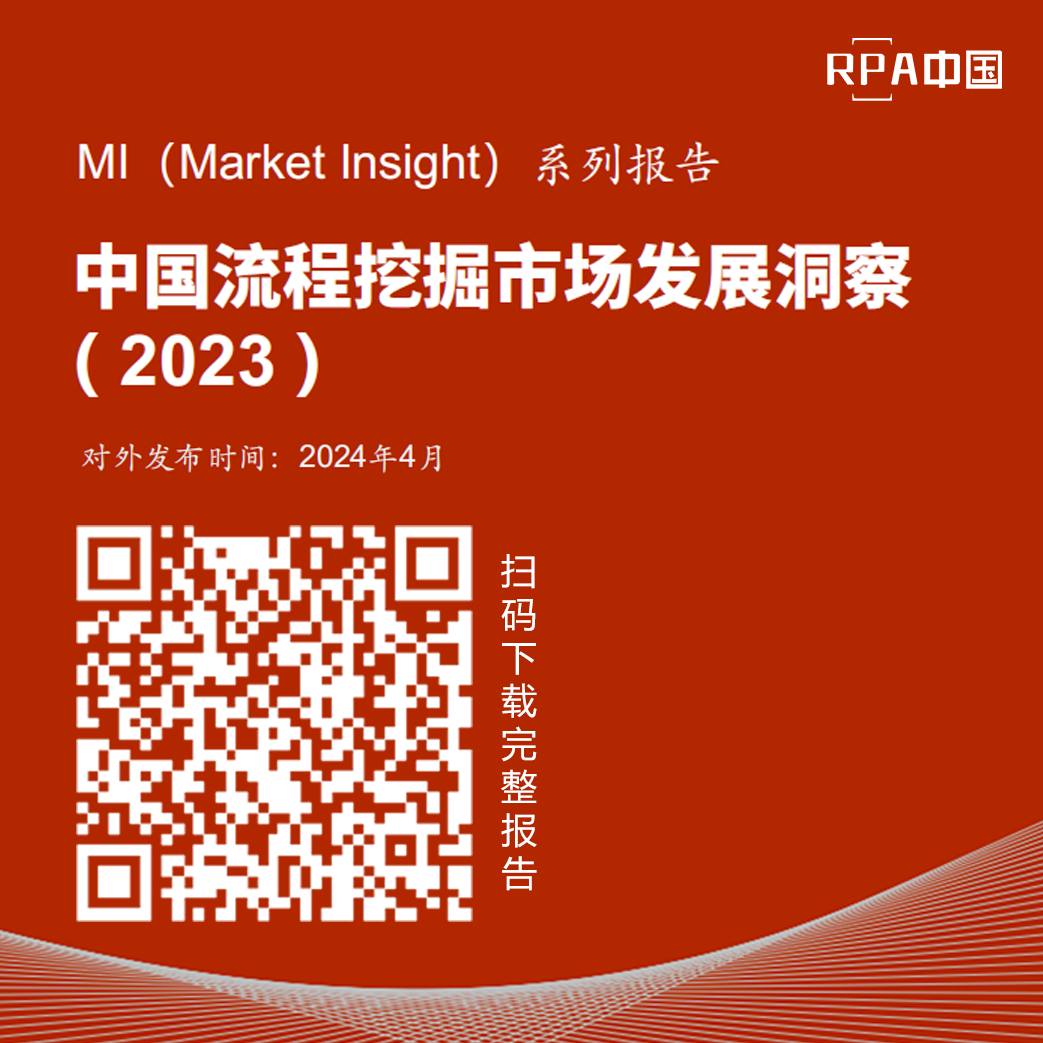
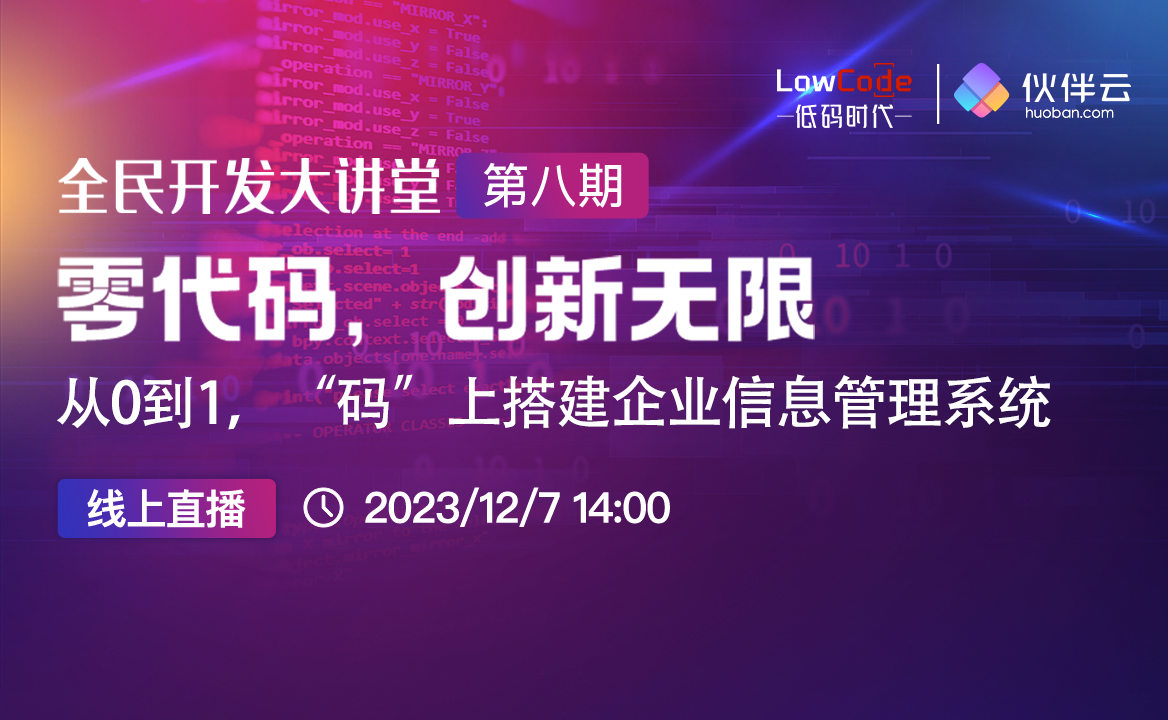
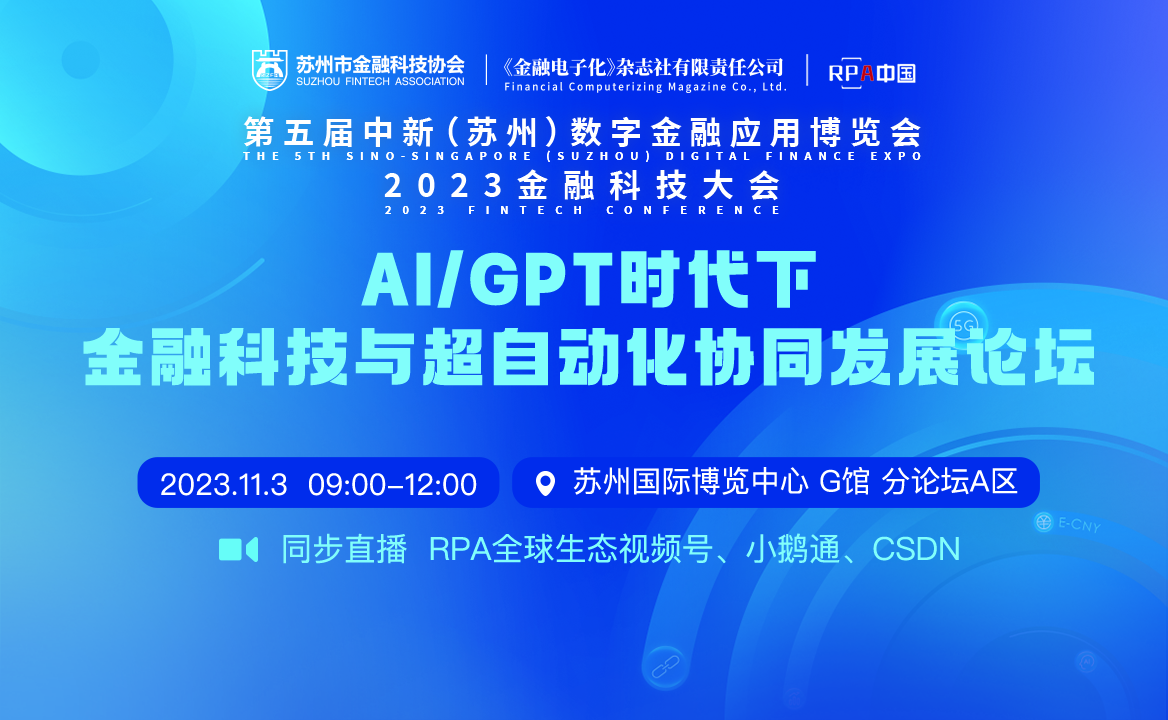
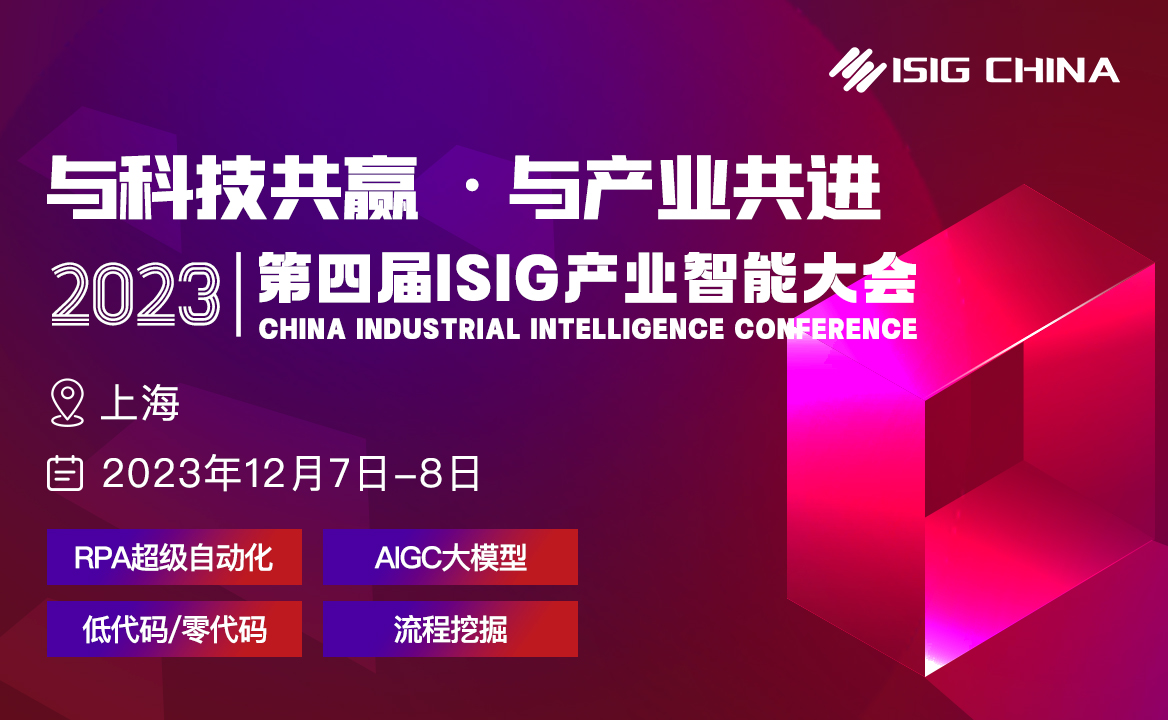


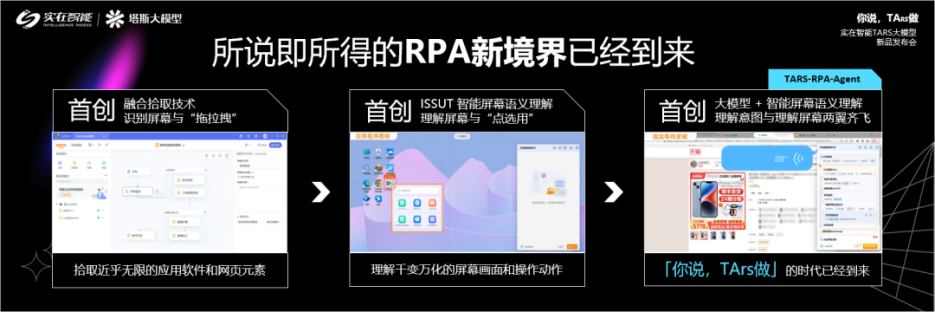
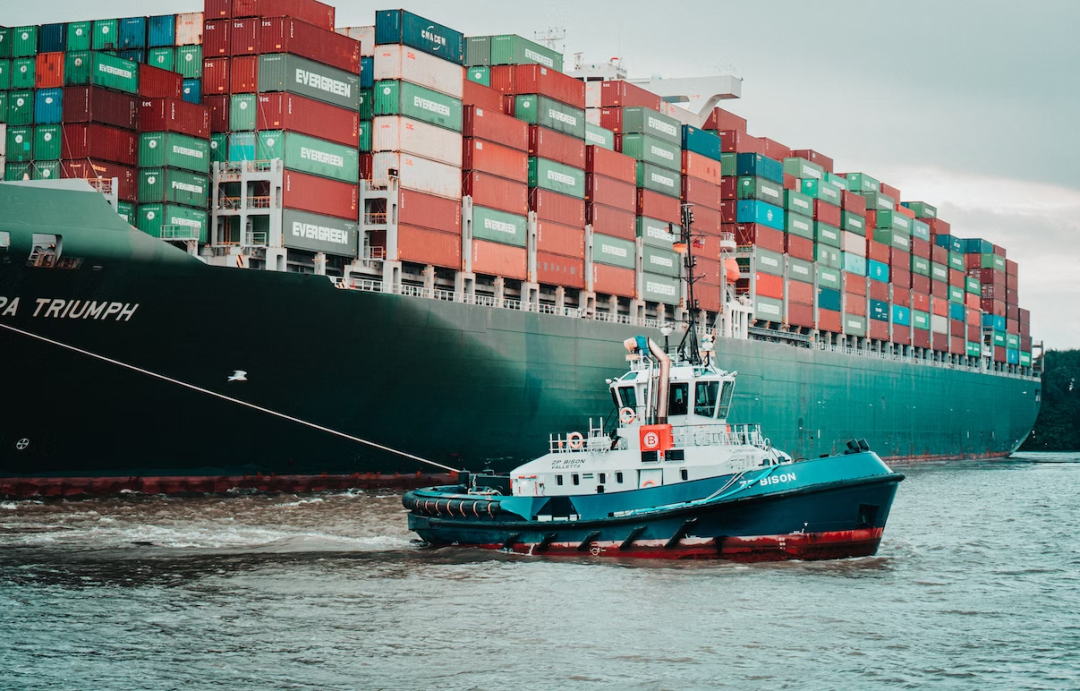

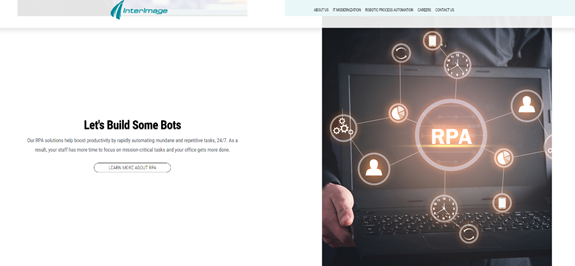
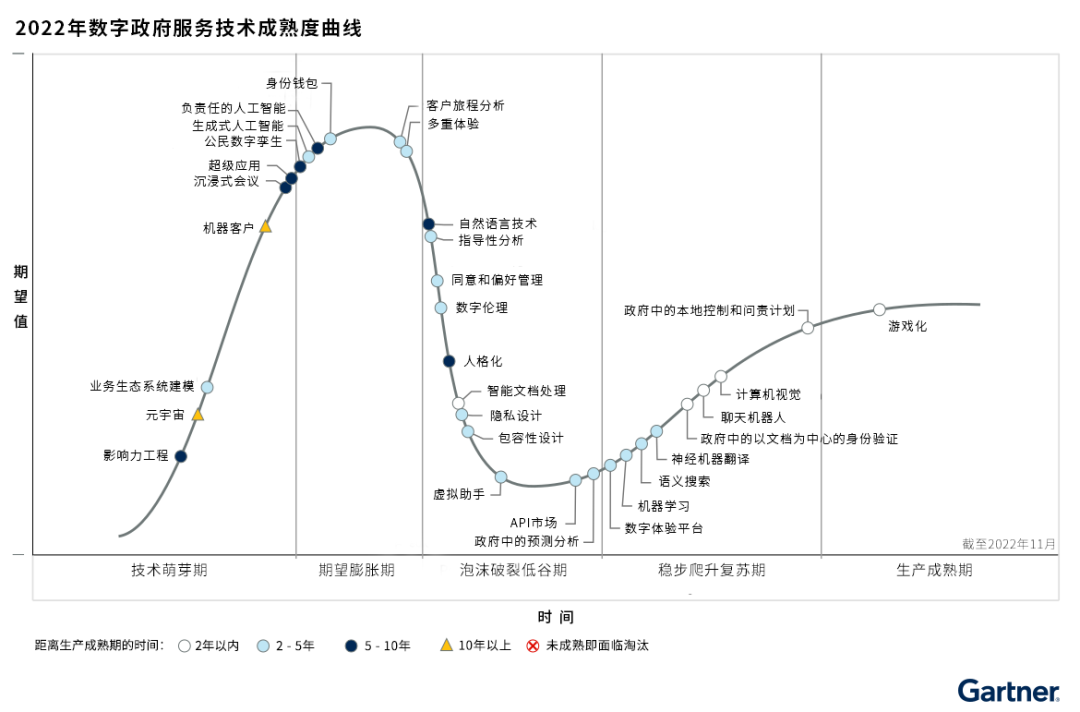

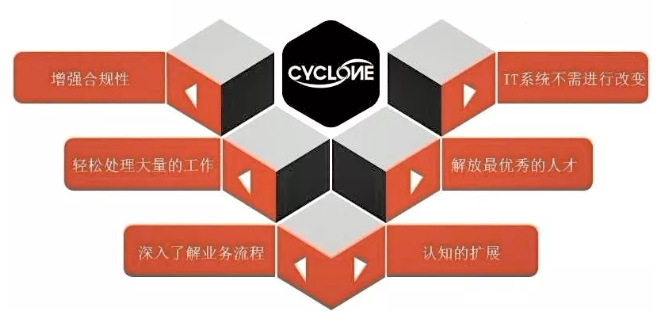
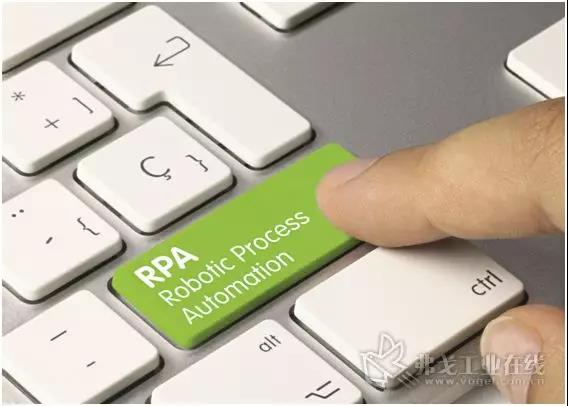
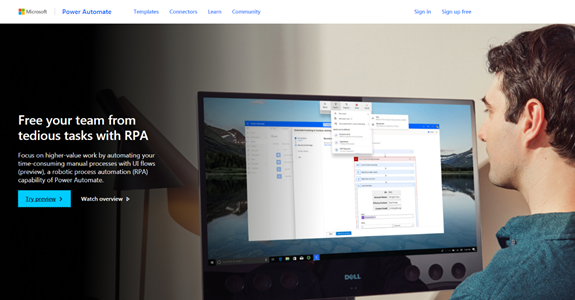
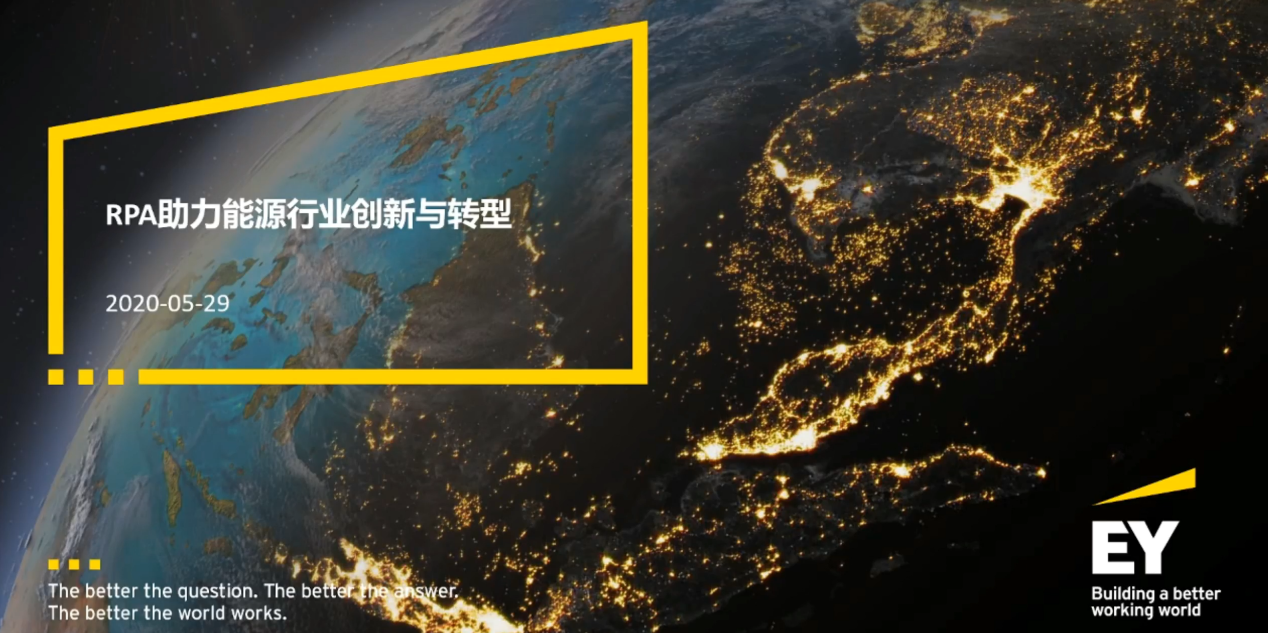
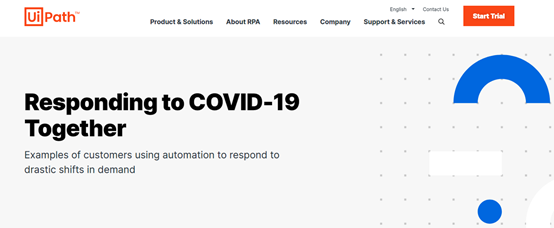
熱門信息
閱讀 (14728)
1 2023第三屆中國RPA+AI開發者大賽圓滿收官&獲獎名單公示閱讀 (13753)
2 《Market Insight:中國RPA市場發展洞察(2022)》報告正式發布 | RPA中國閱讀 (13055)
3 「RPA中國杯 · 第五屆RPA極客挑戰賽」成功舉辦及獲獎名單公示閱讀 (12964)
4 與科技共贏,與產業共進,第四屆ISIG中國產業智能大會成功召開閱讀 (11567)
5 《2022年中國流程挖掘行業研究報告》正式發布 | RPA中國